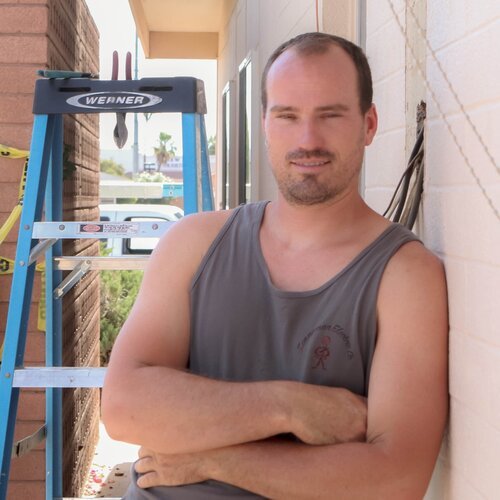What Is Cleat Wiring, And What Are Its Advantages?
Cleat wiring is usually the cheapest and most straightforward electrical installation. It’s often used for temporary electrical wiring systems and doesn’t have a lot of long-term benefits. Here is more information about cleat wiring and the potential advantages that might favor this system over others.
What is cleat wiring?
This type of wiring uses a system of cleats to secure insulated wires in place and lay them out in the electrical grid. The cleats are usually made from wood or porcelain and in two parts that you screw into place. The bottom cleat (the one facing the wall) is grooved to allow space for wiring. Cleats have between one and three grooves, with larger cleats having around half an inch of space between tracks to separate wires and allow for screw placement.
A cleat wiring system uses a series of cleats, first set up onto walls or other surfaces. You put in the screws loosely to allow wires to be threaded in place and tensioned before tightening. Cleats can be up to 18 inches apart, but considerably shorter lengths are better for more complex systems with turns and junctions. Cleats can be installed vertically and horizontally based on the electrical grid plans, allowing for maximum convenience.
Cables pass from cleats into the breaker or junction box to complete the electrical grid. Most cleat wiring systems use wooden bushings at the endpoints to prevent accidents.
Advantages
One of the most significant benefits of the cleat wiring system is its ease of installations and relatively low cost. You can quickly install cleat systems in place of larger and more long-term systems. They are one of the best temporary solutions for new construction before permanent wiring is installed.
Cleat wiring also leaves the insulated wires exposed. Technicians can check for faults quickly and detect any malfunctions without significant work. The system’s ease of access and inspections mean that you can conduct repairs without dismantling a substantial portion of the cleat network.
Cleat systems can also be upgraded or extended relatively quickly. New installations usually require adding more cleats and replacing wires if needed. Replacing the cleats is likewise simple.
Disadvantages
We do not recommend cleat wiring as a permanent solution since the cleats leave wires open to the air, smoke, moisture, and other hazards. Exposed wires are more likely to malfunction and won’t last as long as more enclosed systems.
One of the significant downsides of the cleats is that they don’t look nice and that the exposed wiring running alongside walls usually takes up more room than needed.
Do you need electrical services?
If you’re a homeowner, a cleat wiring system is only recommended during initial construction and should be replaced with a better solution. A professional electrician service can propose, advise, and design a system that works best for your home.
Zimmerman Electric is here to serve your residential and commercial electrical needs throughout the Phoenix Valley metro area. Call us today if you need electrical work performed. Licensed and bonded, offering clear and honest pricing. We are open 24-hours

